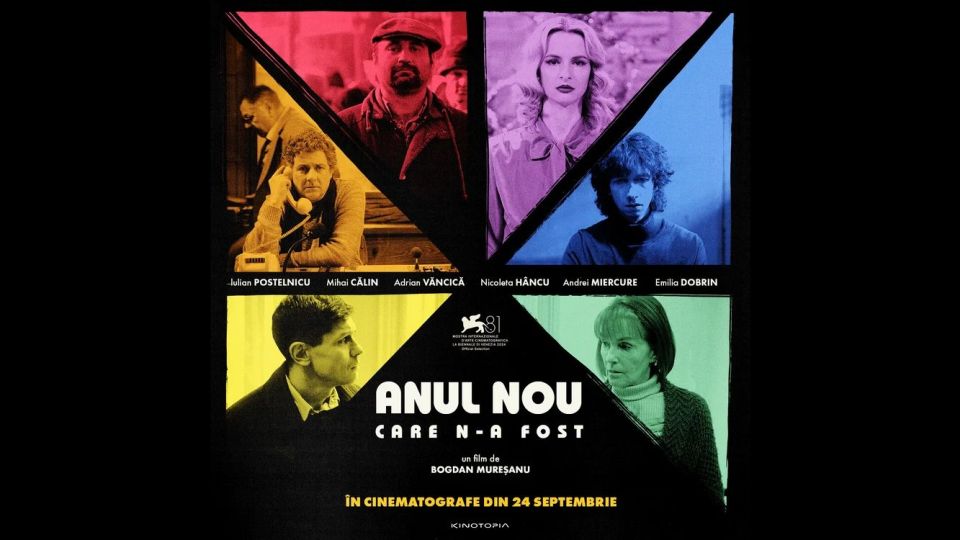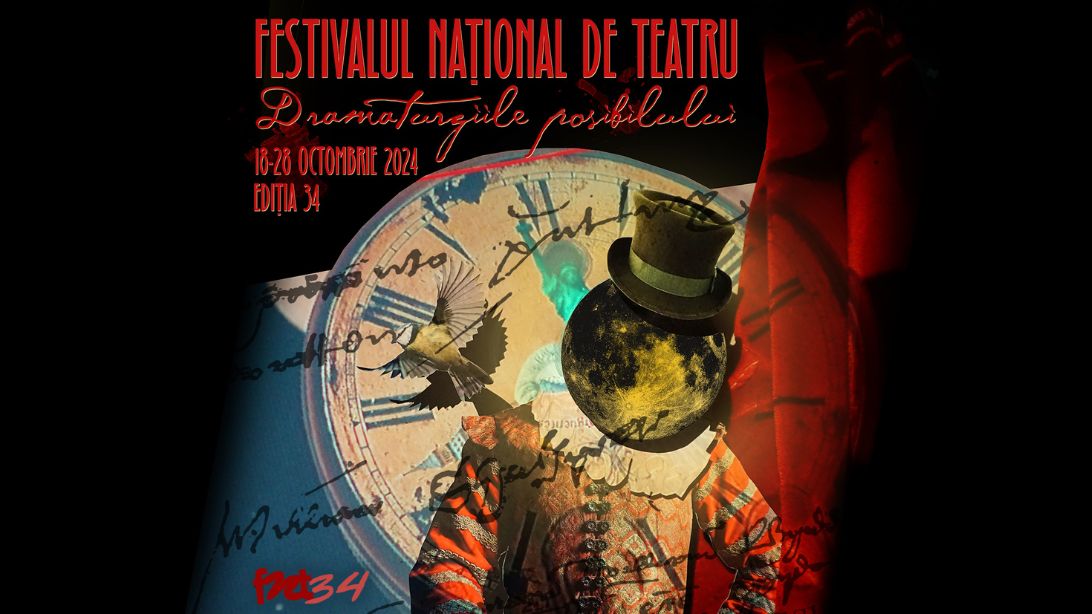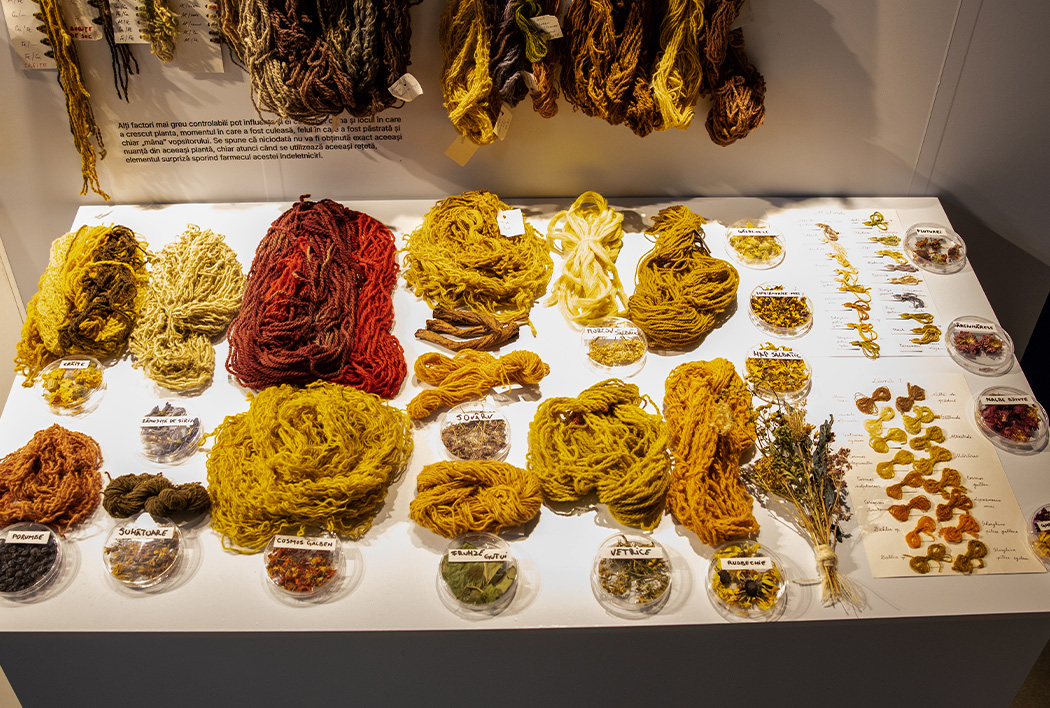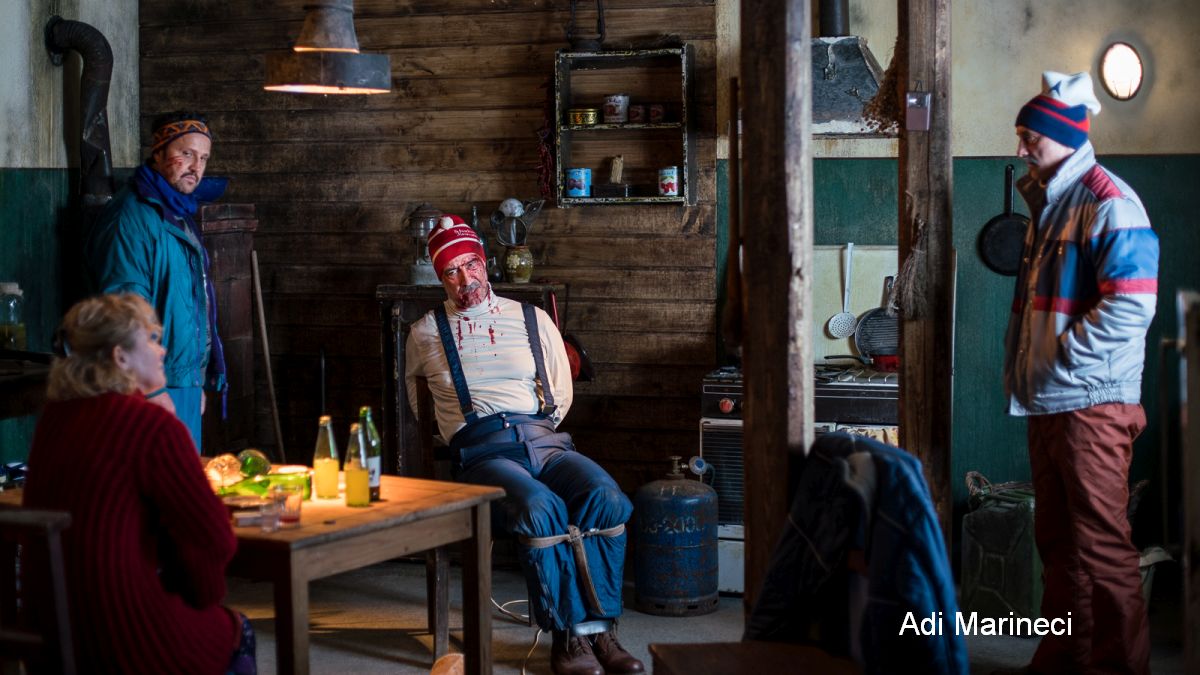Circular Tradition
Contemporary artists meet traditional artisans in new exhibition at the Romanian Peasant Museum in Bucharest.
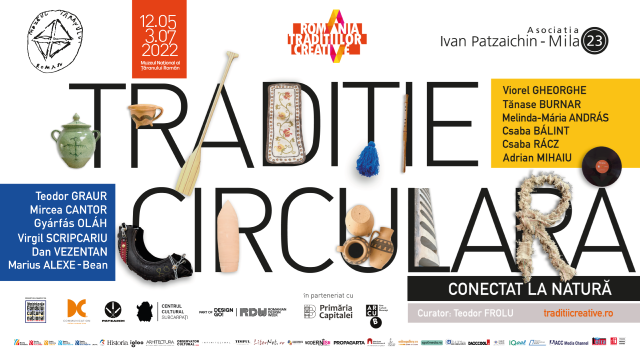
Ion Puican, 28.05.2022, 14:00
In May and June, the Romanian Peasant Museum in Bucharest is playing
host to an exhibition of contemporary collaborative art entitled Circular tradition (Connected to nature), in the form of an
encounter between established contemporary artists and traditional
artisans who are keeping ancient crafts alive, in a nutshell a blend
between innovation, technology, art and craft. We talked to the
manager of the Romanian Peasant Museum Virgil Nițulescu about the
concept of the exhibition and how it took shape:
Indeed, it’s a somehow different exhibition than what we
normally host at this museum. The concept is based on an initiative
from 2017 called Romania’s
Creative Traditions and which was launched by a former manager of
this museum Vintilă Mihăilescu, together with Teodor Frolu. The
initiative was aimed
at bringing together contemporary artists who are particularly
interested in Romanian traditional culture. This time, the exhibition
Circular Tradition
draws on a workshop held by
the Romanian Peasant Museum by six contemporary artists and six
traditional artisans. The six artists are Teodor
Graur, Mircea Cantor, Marius Alexe-Bean, Oláh Gyárfás, Virgil
Scripcariu and
Dan Vezentan, and the six
artisans are Viorel Gheorghe,
Tănase Burnar, Adrian Mihaiu, Melinda-Maria Andras, Csaba Balint and
Csaba Racz. Each of the
participating artisans specialises
in a different craft, such as pottery, textiles, leather, carpentry,
and each has inherited their craft from earlier generations and is
going to pass it on to the next generations. Ultimately, it’s an
exchange of experience, because they learn from the contemporary
artists new techniques and ideas that circulate in the Romanian
contemporary art world, and,
more importantly, the contemporary artists are learning from the
artisans, so as to tap the traditional world in their art. The
artists involved in the project are aware of the fact that you cannot
be original and have a distinct voice on the international scene
unless you start from that which is characteristic to the community
you were born in.
One of the co-organisers and
initiators of the project from 2017 entitled Romania’s Creative
Traditions that formed the basis for this new exhibition, the
architect and creative industry entrepreneur Teodor Frolu told
us about the workshops, the involvement of the artisans and of the
contemporary artists, and about the fine line that separates a visual
artist from a traditional artist. Teodor Frolu:
The workshops that brought together the artisans and the artists
lasted a week, but many have been collaborating for many years and
our intention is to show just how contemporary and relevant
traditional crafts are and how they can be transformed by the
contemporary artists in works of art of great artistic value and
become part of private collections.
Artists like Mircea Cantor,
Teodor Graur, Dan Vezentan, Oláh Gyárfás and
Virgil Scripcariu are already
drawing on traditional crafts in their work, while someone like
Bean, Marius Alexe from the
group
Subcarpați, has already made
a traditional instrument like
the kaval flue known among young people by incorporating it in his
music. They recently set up the Subcarpați cultural centre and each
is trying in their contemporary art works to enhance the visibility
of traditional crafts. So this is in fact a meeting between an
artisan who is also an artist and an artist who is also an artisan.
Artists are, if you will, contemporary artisans themselves, they work
directly with the material, are using different techniques and are
very good in what they do with their hands and their imagination.
We also caught up with one of the
artists involved in the exhibition, Mircea Cantor, a visual artist
living in Paris and one of the most recognisable names in Romanian
contemporary art. In 2011, he won the Marcel Duchamp prize at the
Paris International Contemporary Art Fair. Cantor told us about the
role of traditional art in his work and his constant collaboration
with traditional artisans:
I think this is a unique moment
in the history of this museum, this collaboration between artists and
artisans. For me, however, it’s a natural process working with
artisans and acknowledging their contribution to my art. It’s
important to give credit to and admit that you’re working with an
artisan, whether it’s someone who works in leather or with wool.
These things should take place naturally and everyone stands to gain
from it. It’s a form of mutual support and recognition, both
professional and financial. The public also benefits from this
collaboration. I also believe the public should be more informed
about this, including children, through education programmes
in schools designed by the ministry of education, and through
financial programmes, they should know that they can do things they
enjoy and also make a living from them. There’s a living to be made
from these traditional crafts that I discovered here at the Peasant
Museum. I think this may have a domino effect in the long run, which
would be positive for everyone, for artists and artisans alike, for
civil society, and for education.

